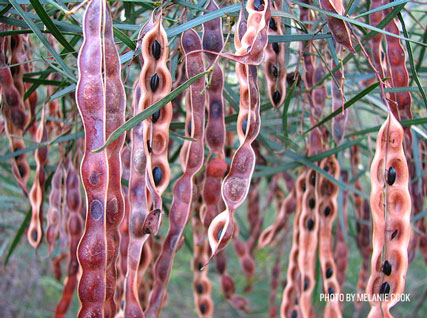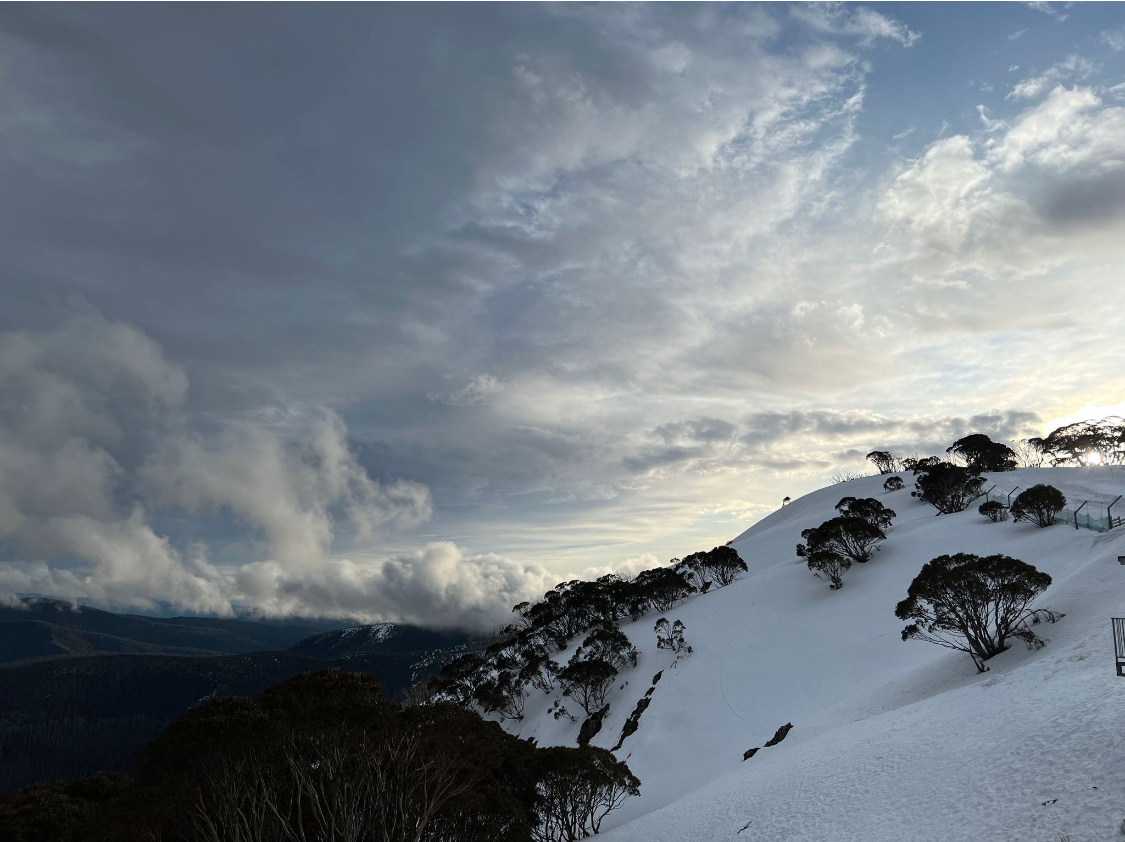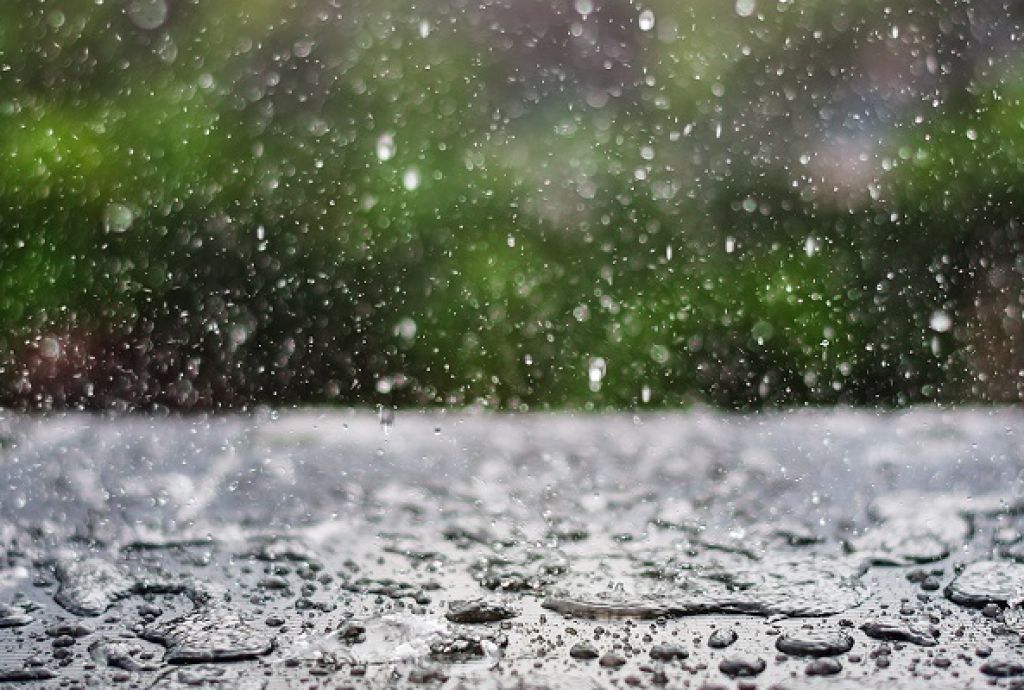Through fossil records, scientists have determined that there have been 5 mass extinctions in our geological history, including our most recent (65 million years ago) when the dinosaurs were wiped out, by an asteroid along with 50% of plant and animal species. Many researchers believe we are currently in the 6th Extinction, and it has been caused by unsustainable resource use and now a warming planet (aka climate change). All due to us! Human asteroids!
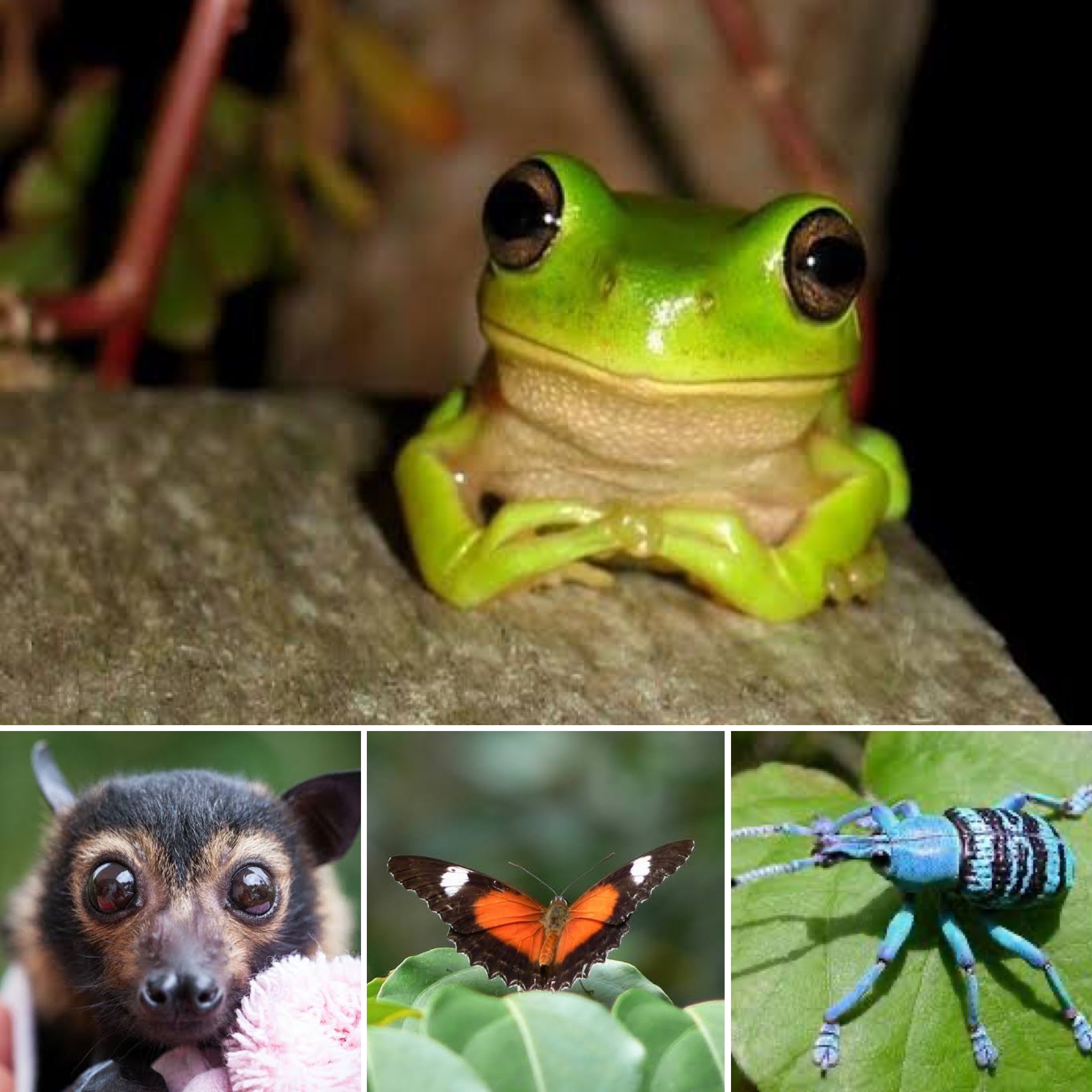
Much of the world’s biodiversity is declining. Globally, 2,000 endangered species go extinct very year. The International Union for Conservation of Nature (IUCN) has listed 40,000 species as threatened*. These species are on their ‘Red List’.The IUCN are the global experts on these matters. The number of threatened mammals has increased by 21% in the past 13 years. This is roughly 5,000 times the natural rate of extinction. Plus, population numbers of individual species have decreased by 68% since 1970. Not a pretty picture.
Here in Australia, our own threatened species are also struggling to survive. These species (animals, plants and fungi) are under constant pressure from:
- ferals such as cats, dogs and foxes,
- destruction of their habitats through wide scale land clearing,
- rising tide of pollution (think plastics in the ocean),
- killing of species (over fishing for example) and
- a rapidly warming climate.
While there are some great recovery stories out there, 29 Australian species (including humpback whales, Murray cod, greater bilby, the cassowary, burrowing bettong, and growling grass frog) are making a recovery, the pathway to recovery is tough. It takes years of work through long-term strategic and targeted management with government agencies, community groups and indigenous land managers to bring back a species from the brink. Two success studies include the humpback whale numbers, whose numbers have recovered due to the ban on commercial killing, and the cassowary, numbers have improved due to extensive reservation and revegetation work to successfully halt habitat loss.
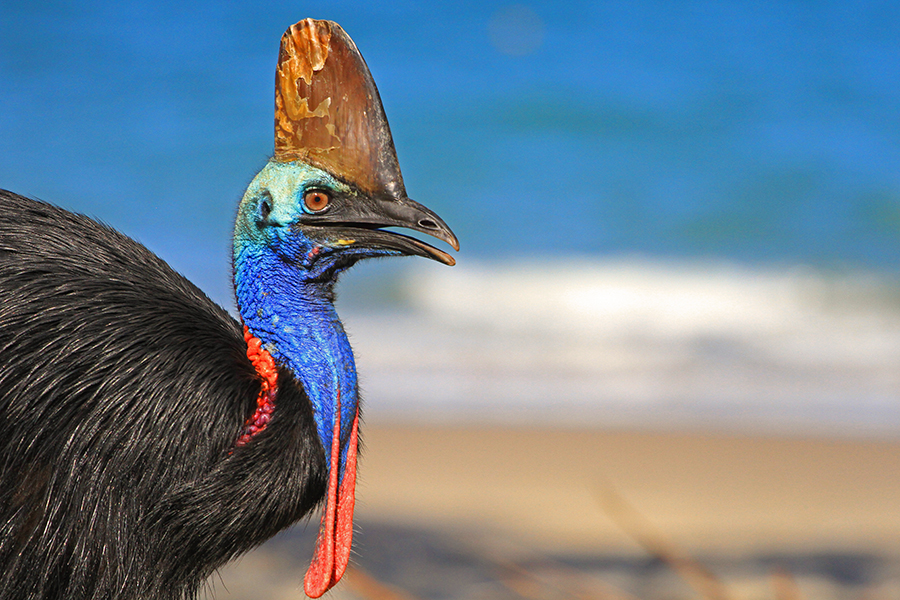
I could go on, and on. Listing all the animals we know and love; tigers, elephants, Tassie Devils, koalas, red wolves, monarch butterflies, pandas, rhinos, bluefin tuna, eastern gorillas. But I’ll stop here. Because, well I don’t want to cause you to fall into a pit of despair alongside me!
If you’re wondering what you could possibly do to help in the massive job of protecting endangered species, here’s the good news: you’ve already taken the first step! By reading this article, you have started the process of understanding the real picture.
So, what can we now do?
- Educate yourself, start with David Attenborough’s Extinction (iView) 54 min.
- Take individual steps to lower your own carbon footprint,
- Support your local environmental groups Think Globally / Act Locally,
- Read up on climate change (there are some great docos out there too),
- Conserve water and energy,
- Eat foods with low miles, in season and with little processing,
- Join international groups such as Extinction Rebellion, World Animal Foundation, World Wildlife Fund,
- Write letters and sign petitions so your local and federal government representatives know your concerns.
Next month, we’ll road test Carbon Footprint Calculators so you can gain a real understanding of your impact on the planet. Stay tuned.
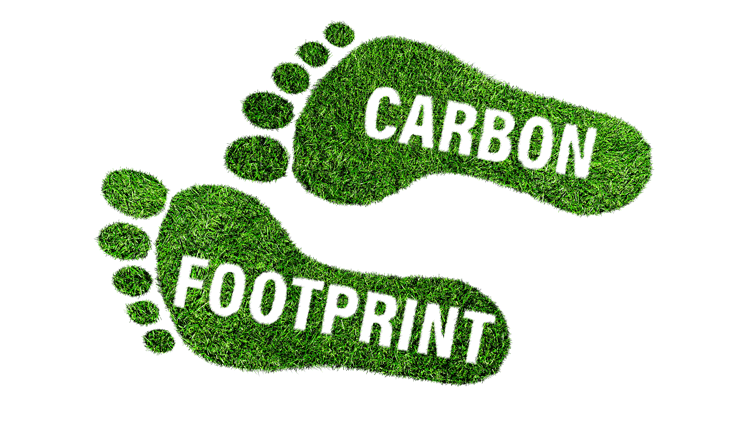
* The term ‘threatened’ means in threat of becoming extinct, and includes critically endangered, endangered, and vulnerable.
Resource: World Animal Foundation.
Writer: Colleen Filippa
With a background in Environmental Science, Colleen is the Founding Director of Fifteen Trees. In 2009, after 20 years in primary, secondary and tertiary education institutions, Colleen left the classroom to start the company. Fifteen Trees is a social enterprise assisting individuals and companies to reduce their carbon footprint by supporting community groups such as Landcare, schools and environmental networks.
